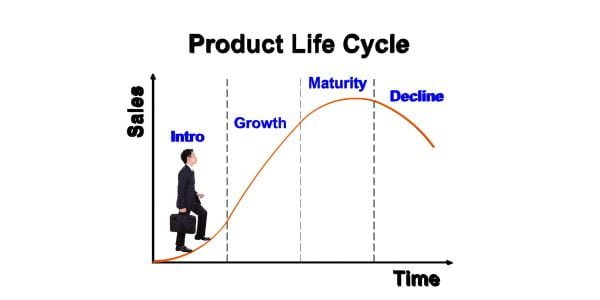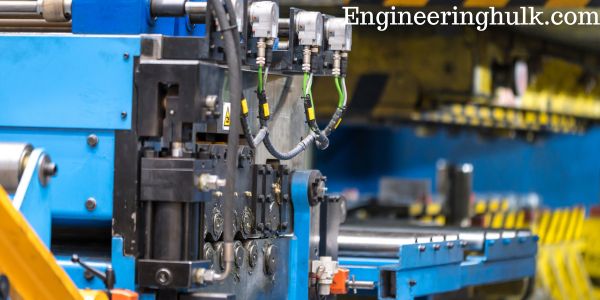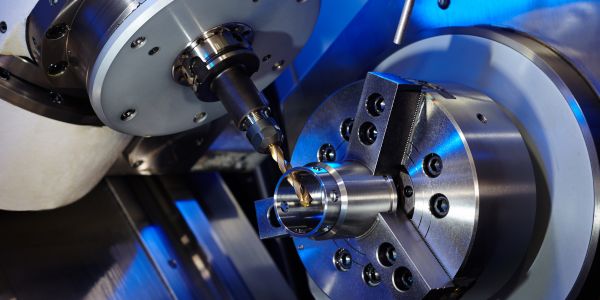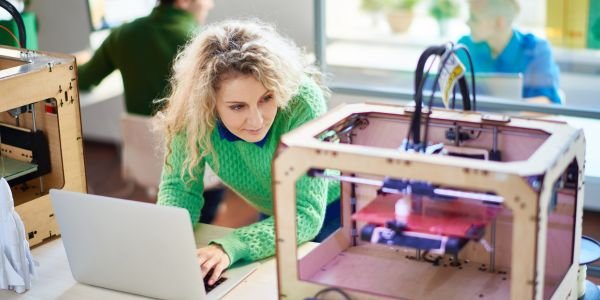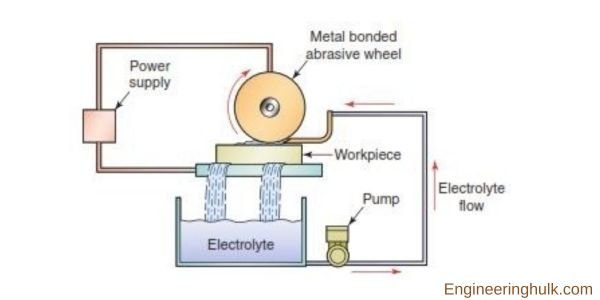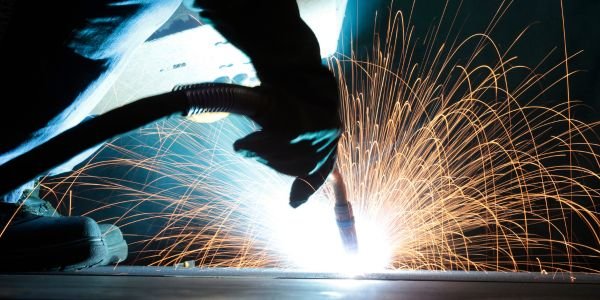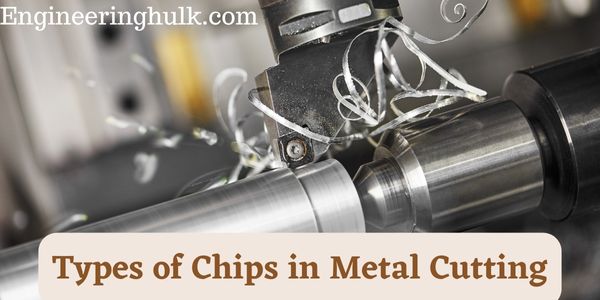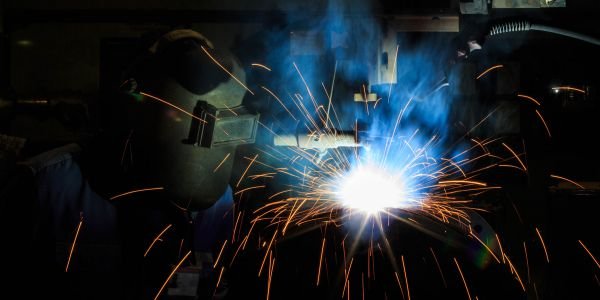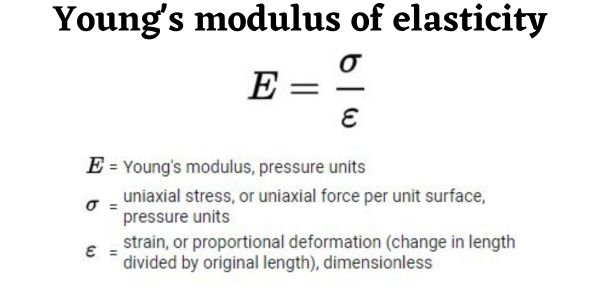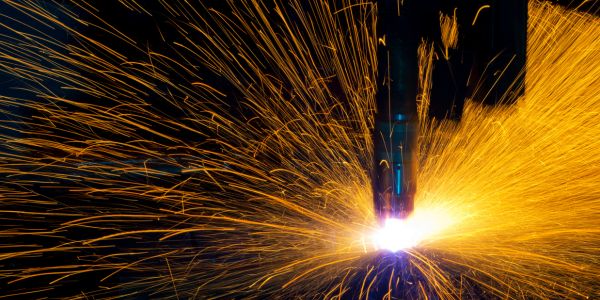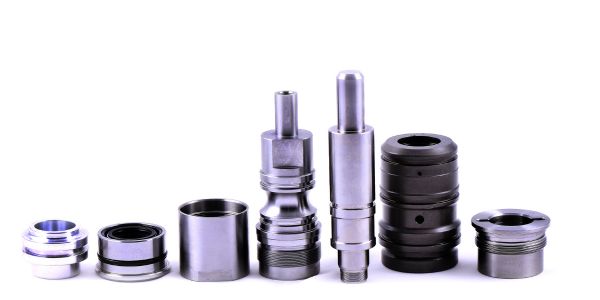Table of Contents
Soldering is a fundamental skill in the world of electronics, metalwork, and plumbing. It’s a technique that joins two or more pieces of metal together using a filler material called solder. Whether you’re a DIY enthusiast, a professional technician, or simply curious about this versatile process, this comprehensive guide will take you through the ins and outs of soldering.
What is Soldering?
Soldering is a process that involves melting a low-temperature filler metal, known as solder, to create a strong and permanent bond between two or more metal surfaces. This technique is widely used in various industries, including electronics, plumbing, jewelry making, and even stained glass artistry. Soldering allows for precise and reliable connections without the need for welding, which requires higher temperatures and specialized equipment.
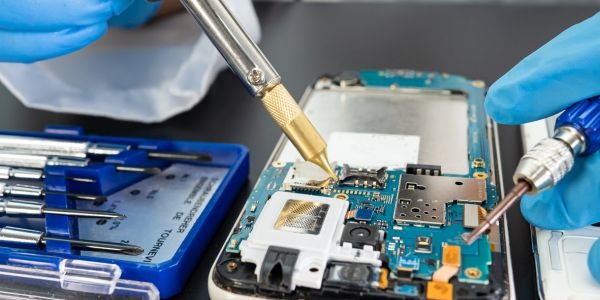
Types of Soldering
There are several different types of soldering, each tailored to specific applications:
Electronics Soldering:
- Through-Hole Soldering: This is the most common type of soldering in electronics. Components with wire leads are inserted through holes in a printed circuit board (PCB) and soldered to create electrical connections.
- Surface Mount Soldering (SMT): In SMT, tiny electronic components with no wire leads are soldered directly onto the surface of a PCB. It requires precision and is often done with specialized equipment.
Plumbing Soldering:
- Sweat Soldering: Used in plumbing, sweat soldering joins copper pipes and fittings by heating them and applying solder to create a watertight seal.
Jewelry Soldering:
- Soft Soldering: Jewelers use soft soldering to create intricate designs on metal jewelry, such as silver and gold. It involves lower melting point solders that won’t damage delicate materials.
- Hard Soldering: This method, also known as silver soldering or brazing, is used for creating strong, durable joins in jewelry made from precious metals.
Automotive Soldering:
- Automotive electrical systems often require soldering to repair or modify wiring connections.
Stained Glass Soldering:
- Copper Foil Soldering: Stained glass artists use soldering to join individual pieces of glass with copper foil. This technique provides both strength and a clean finish.
Tools and Materials
To get started with soldering, you’ll need some essential tools and materials:
Soldering Iron:
- A soldering iron is the primary tool used to heat and melt the solder. There are various types, including pencil-style irons for fine work and larger irons for plumbing.
Solder Wire:
- Solder wire is the filler material used in soldering. It typically consists of a combination of tin and lead (though lead-free options are available). Solder wire comes in various diameters, and the choice depends on the specific application.
Flux:
- Flux is a chemical substance used to clean and prepare metal surfaces to be soldered. It promotes solder flow and helps prevent oxidation.
Soldering Station:
- A soldering station often includes a temperature-controlled soldering iron, a stand, and a sponge or brass wool for cleaning the iron’s tip.
Safety Gear:
- Safety glasses and heat-resistant gloves are essential when working with hot soldering equipment.
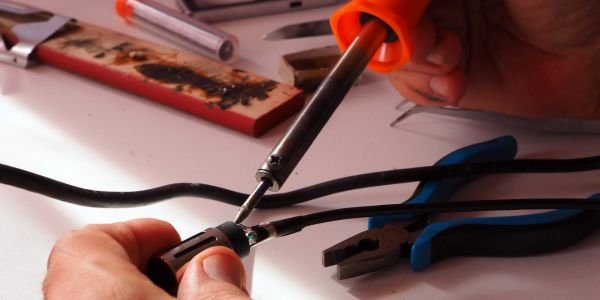
The Soldering Process
The basic steps for soldering are as follows:
Prepare the Surfaces:
- Ensure that the surfaces to be soldered are clean and free of dirt, rust, or oxidation. Apply flux to the joint area to improve solder adhesion.
Heat the Soldering Iron:
- Plug in your soldering iron and allow it to reach the appropriate temperature. The ideal temperature varies depending on the solder type and the materials being soldered.
Apply Solder:
- Touch the solder wire to the heated joint. As the solder melts, it should flow evenly and cover the entire joint. Avoid using excessive solder, as it can lead to messy and weak connections.
Cool and Inspect:
- Allow the solder joint to cool naturally. Once it’s cooled, inspect it for any defects or cold solder joints (insufficiently melted solder).
Clean and Maintain:
- Clean the soldering iron’s tip with a damp sponge or brass wool to remove any excess solder or contaminants. Proper maintenance ensures the longevity of your soldering equipment.
Safety Precautions
Safety is paramount when soldering. Here are some essential safety precautions to keep in mind:
- Work in a well-ventilated area to avoid inhaling solder fumes.
- Use safety glasses and heat-resistant gloves to protect your eyes and hands.
- Keep flammable materials away from your work area.
- Be cautious with hot soldering equipment to prevent burns.
- Wash your hands thoroughly after handling solder, as lead-based solder can be toxic if ingested.
Soldering Machine
What is a Soldering Machine?
A soldering machine, also known as a soldering station or soldering robot, is a specialized piece of equipment designed to automate the soldering process. It employs precise control systems, temperature regulation, and mechanical components to apply solder accurately and efficiently to specific joints or areas. Soldering machines come in various forms, each tailored to specific tasks and industries.

Types of Soldering Machines
Soldering machines can be classified into several categories based on their design and application:
Wave Soldering Machines:
- Commonly used in electronics manufacturing, wave soldering machines are designed for soldering printed circuit boards (PCBs) with through-hole components. They utilize a wave of molten solder to make multiple connections simultaneously.
Reflow Soldering Machines:
- Reflow soldering machines are used in surface mount technology (SMT) assembly processes. They precisely heat PCBs and components to melt solder paste, creating solder connections as it cools.
Selective Soldering Machines:
- Selective soldering machines are versatile and highly precise. They are used when specific soldering points on a PCB need soldering while avoiding others. This is especially useful for double-sided PCBs or components near sensitive areas.
Soldering Robots:
- Soldering robots are advanced machines equipped with robotic arms that can perform intricate soldering tasks with unparalleled precision. They find applications in industries requiring complex, repetitive soldering operations.
Ultrasonic Soldering Machines:
- Ultrasonic soldering machines use high-frequency vibrations to create frictional heat at the solder joint, melting the solder without external heat. These are used in specialized applications, such as bonding delicate materials or heat-sensitive components.
Applications of Soldering Machines
Soldering machines are widely utilized across various industries:
Electronics Manufacturing:
- In the electronics industry, soldering machines are crucial for assembling PCBs, where precision and consistency are paramount. Reflow soldering and selective soldering machines are commonly used for this purpose.
Automotive Industry:
- Soldering machines are employed in the manufacturing and repair of automotive electronics, including engine control units (ECUs), airbag systems, and navigation systems.
Aerospace and Defense:
- The aerospace and defense sectors rely on soldering machines for the assembly and repair of critical electronic components used in aircraft, satellites, and military equipment.
Medical Device Manufacturing:
- Soldering machines ensure the reliability and precision required for the assembly of medical devices, such as pacemakers and diagnostic equipment.
Consumer Electronics:
- The production of smartphones, laptops, and other consumer electronics benefits from the speed and precision offered by soldering machines.
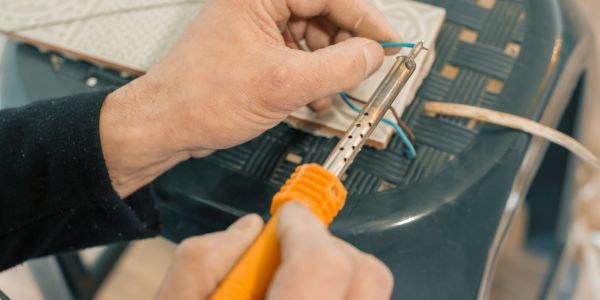
Advantages of Soldering Machines
Soldering machines offer several advantages over manual soldering:
Precision and Consistency:
- Soldering machines can consistently produce high-quality solder joints, reducing defects and ensuring product reliability.
Efficiency and Speed:
- Automated soldering machines can work continuously and at a faster pace than human operators, leading to increased production efficiency.
Reduced Operator Fatigue:
- Automation eliminates the repetitive and physically demanding nature of manual soldering, reducing operator fatigue and potential errors.
Temperature Control:
- Soldering machines can precisely control and monitor soldering temperatures, ensuring optimal solder flow and joint integrity.
Versatility:
- Different types of soldering machines can be customized for various applications, making them versatile tools for a wide range of industries.
Soldering is a versatile and valuable skill that finds applications in various industries, from electronics to jewelry making. With the right tools, materials, and techniques, you can create strong and reliable connections between metal surfaces.
Whether you’re a beginner or an experienced soldering enthusiast, always prioritize safety and practice to perfect your soldering skills. So, pick up that soldering iron and start exploring the world of joining metals with precision and finesse.
Also, read Tig Welding









